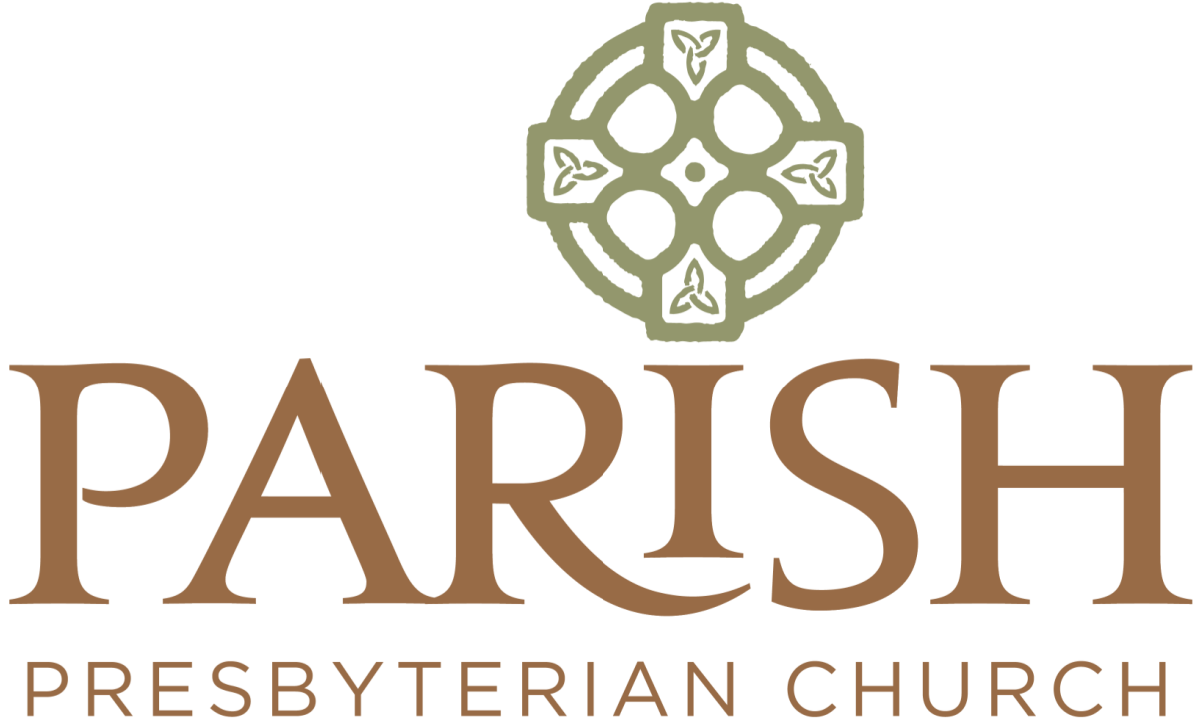Tonight’s service of readings, choral anthems, and congregational hymns was assembled to assist us in meditating on the story of Christ’s betrayal, trial, crucifixion, and burial. Each portion of the story (taken from all four Gospels) is followed by a musical response from either the choir or the entire congregation.
Throughout the service, the choir will be presenting six works of American music, spanning three centuries and several different musical traditions. Though a bit younger than her ancestors in England, Germany, and Italy, the United States posses a rich heritage of sacred music that is sometimes overlooked.
After we are invited in with words from Zephaniah describing the coming judgement of the “day of the Lord,” as well as God’s promise of salvation,” the choir will open the evening with the terrifying “When Gabriel’s Awful Trump Shall Sound,” a 19th century text and tune arranged by composer Virgil Thomson (1896-1989) for his 1984 collection Southern Hymns. The starkness of both the music and the poetry prepares us for the bleakness that accompanies the Good Friday narrative. Later, one bright moment in the dismal crucifixion scene (Jesus’ gracious reply to the penitent thief “today you will be with Me in paradise”) is paired with another of Thomson’s settings, the joyful “How Bright Is The Day.”
The choir responds to the story of Judas’ plot to betray Jesus with From Deep Distress, a setting of the hymn tune Bourbon by Alice Parker (1925-2023). A Massachusetts native and longtime collaborator with conductor Robert Shaw, Parker sets the dark text of Psalm 130 (“Out of the depths I cry to you, O Lord!”) for unaccompanied chorus. Similarly, the choir responds to Jesus’ anguish in the garden of Gethsemane with another piece of music from New England, William Billings’ (1746-1800) When Jesus Wept. Originally a simple four-part round, the piece is presented here in a delicate modern setting with piano accompaniment.
The choir will also present two selections from The Sacred Harp, a venerable collection of hymns first published in 1844, intended for use in community singing schools in the rural South. These two pieces, Wondrous Cross and All Hail The Power Of Jesus’ Name (Green Street) capture the duality of emotions that Good Friday evokes: both the reality of death, and the joyous anticipation of Christ’s victory over the grave.
—Henry C. Haffner

